Lesson 2: "Settling Down" from the Land of the Dead
In the first days of setting foot in the “dead land” of DTTM, perhaps few people dared to imagine such a deep attachment! However, nearly 4 decades have passed, and the pioneers of the past have truly considered this place their second homeland. That “settling down and working” is imbued with affection, the result of humane policies and practical support from the Party and the State, from which many families have had a new life, warm and prosperous.
From the residential clusters and routes that overcome the flood
1996 marked an important turning point when the Central Government chose Go Chau Mai (Khanh Hung commune, Vinh Hung district) as a pilot site for building flood-resistant residential clusters (CDCVL) with the expectation of replicating this model for the entire Mekong Delta.
To realize this policy, the army did not mind the difficulties, helping the people to renovate 1,224 plots of land, laying the foundation for the birth of CDCVL Go Chau Mai - the first CDCVL in the land of the Mekong Delta. In 2000, a great flood submerged the entire Mekong Delta in water. However, CDCVL Go Chau Mai still "stood tall" in the flood, becoming a shelter for many people who had to flee the flood.
A corner of the residential post adjacent to the border militia post
Vice Chairman of Khanh Hung Commune People's Committee - Nguyen Cong Hiep said: "In 1991, Khanh Hung commune was established on the basis of separation from Hung Dien A commune. The population of the commune is mainly people from the southern districts of Long An province and Hai Hung province who came to build a new economy , initially with 2,090 people.
The whole commune is located in the “alum pan” of the DTM, every year for 6 months “the fields are dry and the grass is burnt”, 6 months the fields are flooded. The people who went to the new economic zone at that time were all poor, they built tents and temporary huts on the land area granted. This made people’s lives more difficult and arduous every time the flood season came. When the Go Chau Mai Urban Area was completed and put into use, people began to “settle down”.
From the effectiveness of the Go Chau Mai Residential Area, the province continues to develop residential clusters and routes (CTDC) in the DTM area. Up to now, there are 165 CTDC, including more than 100 clusters, more than 60 routes, with 34,600 plots of land, and a construction cost of more than 988 billion VND.
For Ms. Nguyen Thi Hong Nga, living in Tan Lap TDC, Tan Thanh district is a blessing. “Moving to TDC, the house is high and dry, no more worries about flooding. Having a stable place to live makes me feel secure to work and take care of my children,” Ms. Nga shared.
In the 2020-2025 term, the Vinh Hung District Party Committee has chosen the Population Arrangement and Stabilization Program in the district as a breakthrough program. Accordingly, Vinh Hung District plans and expands 4 CTDCs. Here, households living along the river and have never been granted land will be given the opportunity to buy land on installment. Poor and near-poor households will also receive financial support to build charity houses.
Mr. Nguyen Cong Luc ( Thai Binh Trung commune, Vinh Hung district) confided: “Living on public land and living next to the river, my family is always worried, living conditions are difficult. Thanks to the local government creating conditions to buy land with installment payments, my family truly owns our own house and land.”
Ms. Nguyen Thi Hong Nga (Tan Lap residential area, Tan Thanh district) has a stable life thanks to the Flood-Proofing Residential Area Cluster Program.
The CTDC flood-proofing program is a correct policy, not only contributing to socio-economic development but also having profound humanity, helping thousands of people in the flood-prone areas of the Mekong Delta at that time have a place to "settle down".
However, after more than 20 years, the Flood Control Program still has many shortcomings. Specifically, essential infrastructure in clusters and routes only reaches 136/165, reaching 82%; 29 clusters and routes have infrastructure but are currently degraded, not ensuring essential infrastructure.
In addition, in some CTDCs, due to many reasons such as unfavorable living and production conditions, the rate of people moving in is low, many cases are abandoned, and there are also cases where the owners close their doors all year round and go to find work elsewhere. At the same time, some CTDCs are not conveniently located on main roads, do not develop trade and services, so they do not attract residents. Therefore, up to now, the rate of people moving in has only reached over 59%.
In general, CTDC overcame the flood to some extent, helping many families "settle down" so they can "stick to the land", build happiness in their second homeland, and continue writing peaceful pages of life in the land that once struggled with the flood.
Peace for the people and the border land
Amidst the vast fields at the border, solid roofs are built, not only as simple homes for the people but also as "living fortresses" silently contributing to protecting every inch of the sacred land of the Fatherland.
Since 2019, the Project to Build Residential Areas Adjacent to Border Militia Posts deployed by Military Region 7 has lit the fire of faith, humanity and the will to protect land at the frontline of Long An .
Along nearly 135km of the Long An - Cambodia border, about 350 households have chosen this place as their second homeland, permanently attached to residential areas adjacent to border posts, border guard stations and border militia posts.
Colonel Nguyen Minh Tan - Political Commissar of the Provincial Military Command, affirmed: "The construction of residential areas adjacent to militia posts not only creates conditions for people to stabilize their lives but also contributes to building a solid people's position at the border. The presence of each person here is a "soldier" silently protecting the land and homeland."
The story of Nguyen Van Tao’s family (Thai Binh Trung commune, Vinh Hung district) is a testament. Thanks to the support from the Project and the support of the government, from a temporary life, Tao was able to “settle down and make a living”, developing the economy right on the border land.
He was moved: “With a new house, I can grow vegetables and raise chickens myself, stabilize my life, and no longer live in a makeshift house. Although there are still many difficulties, I now have the confidence to stay and build a long-term future here.”
Not only Tao’s family, more than 20 other households in Thai Binh Trung commune are attached to the border - eating, living, and sharing hardships with the soldiers. They are not only people but also comrades, a solid rear. Each roof is a watchtower, each eye is a belief, and each heart is an oath to protect the border.
Ms. Nguyen Thi Sang, a local resident, confided: “I never thought I would live near the border, but here, I feel sincere care. The soldiers are friendly and local officials are enthusiastic in helping. We are proud to contribute a small part to preserving the sacred land of the Fatherland.”
The journey to create a new life in the land of DTM and the border of Long An is a testament to the strength of the people and the deep concern of the Party and the State. Warm houses and bright smiles have written an emotional ending to the epic of revival and solidarity. Here, the land blooms, people become more attached and love for the homeland and country becomes deeper and stronger./.
'Gold mine' in the 'alum navel' - the story of Dong Thap Muoi: From the wild fields (Part 1) When mentioning the old Dong Thap Muoi region, the elderly in the region remember the image of a land where "mosquitoes chirp like flutes, leeches swim like rice noodles". |
(to be continued)
Le Ngoc - Huynh Phong
Lesson 3: Billionaire Farmer
Source: https://baolongan.vn/vua-vang-noi-ron-phen-cau-chuyen-cua-dong-thap-muoi-an-cu-tu-vung-dat-chet-bai-2--a195710.html


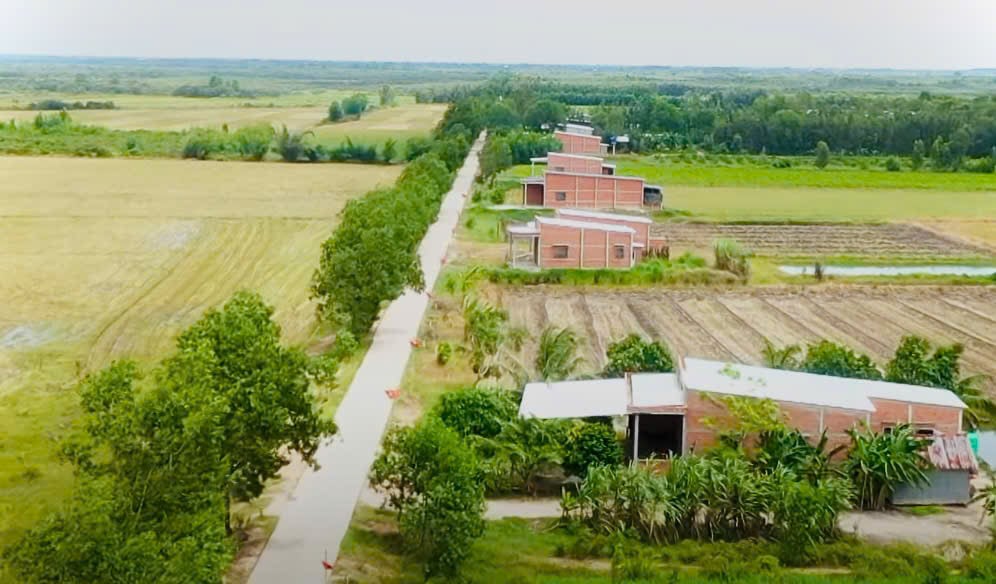
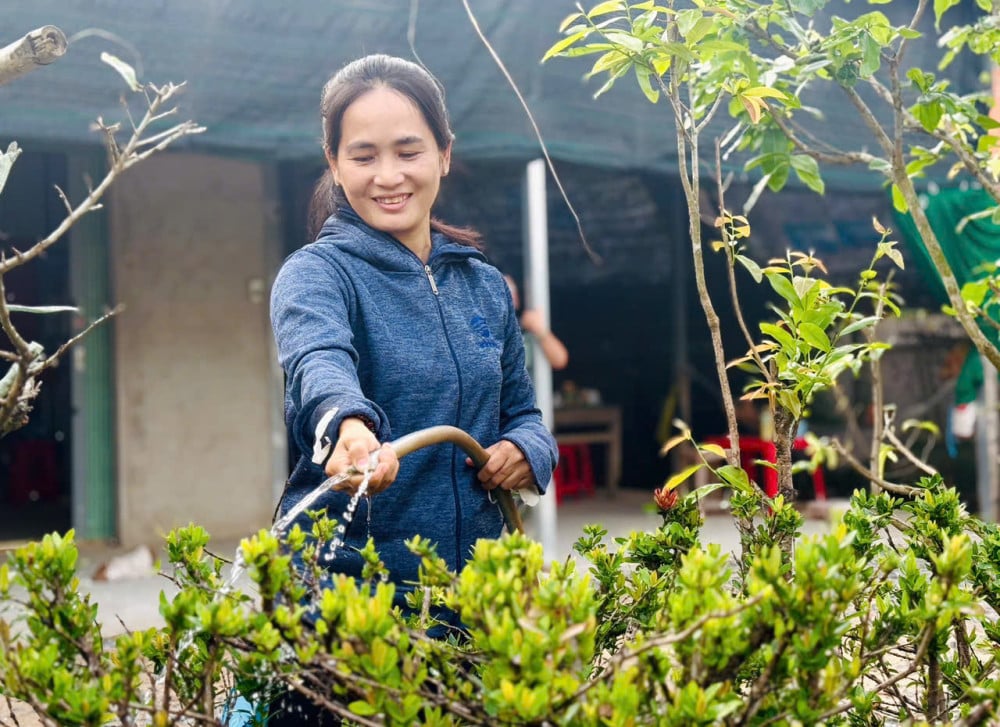
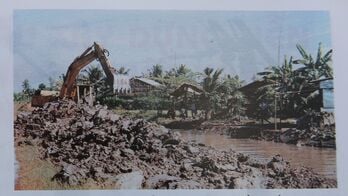
![[Photo] Prime Minister Pham Minh Chinh attends the groundbreaking ceremony of Trump International Hung Yen Project](https://vphoto.vietnam.vn/thumb/1200x675/vietnam/resource/IMAGE/2025/5/21/ca84b87a74da4cddb2992a86966284cf)


![[Photo] Prime Minister Pham Minh Chinh chairs the Government's special meeting on law-making in May](https://vphoto.vietnam.vn/thumb/1200x675/vietnam/resource/IMAGE/2025/5/22/1c880aae96fd4e0894abc47a46fe19ba)

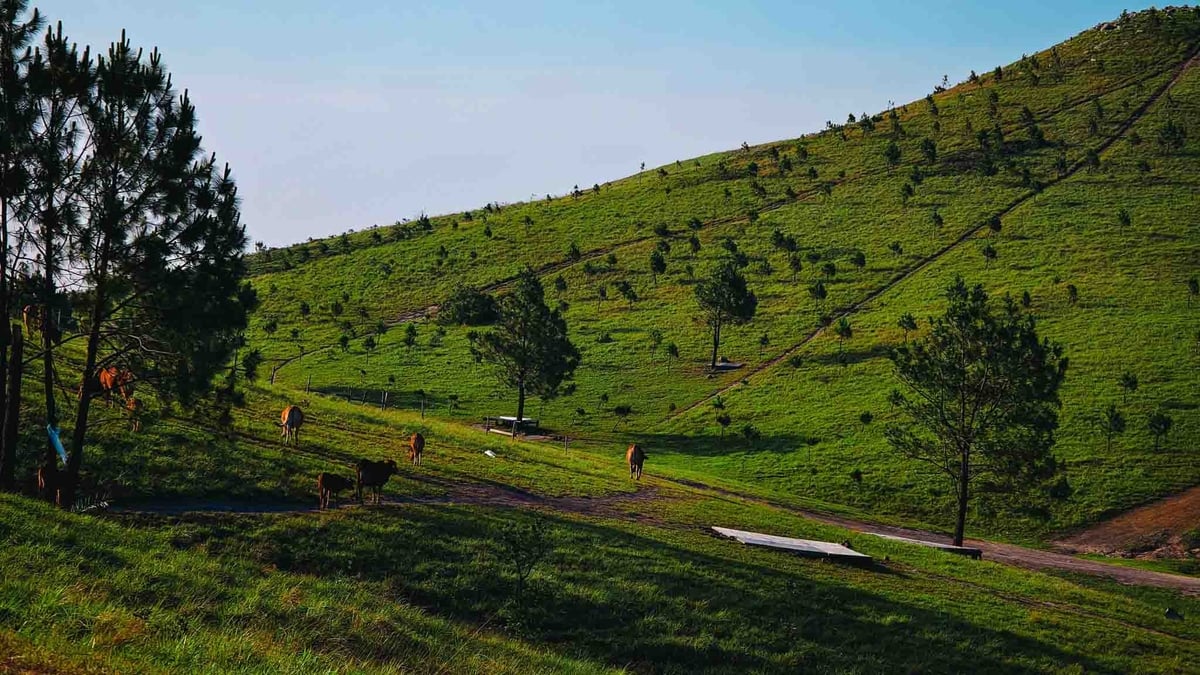


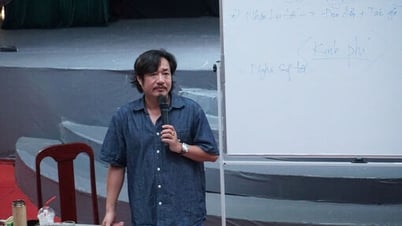

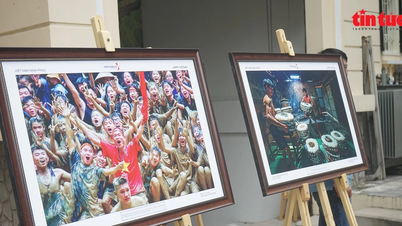

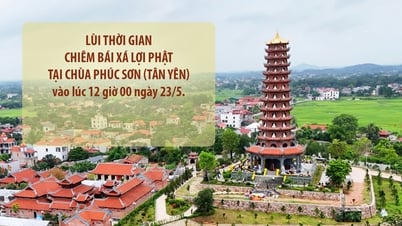

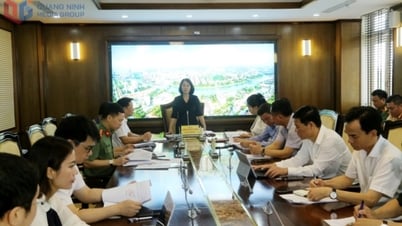





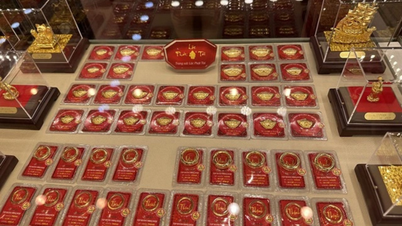
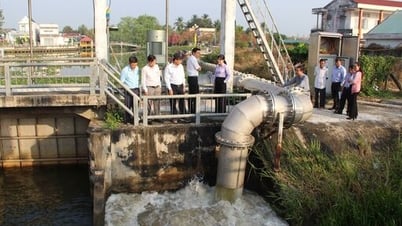

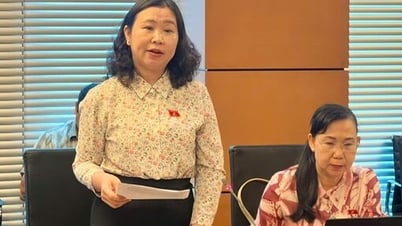
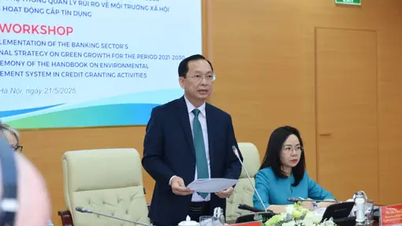
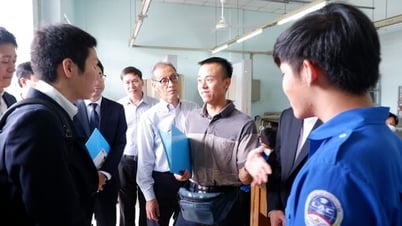





































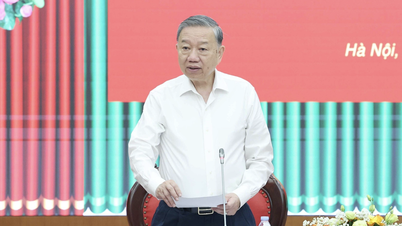
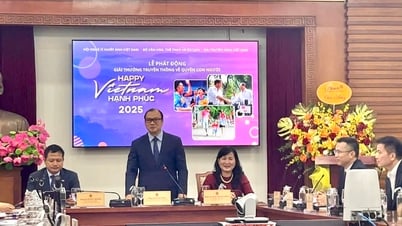

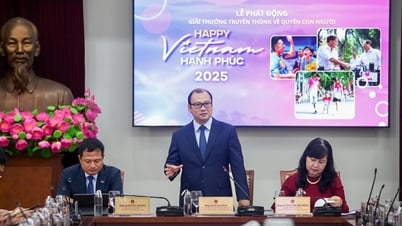
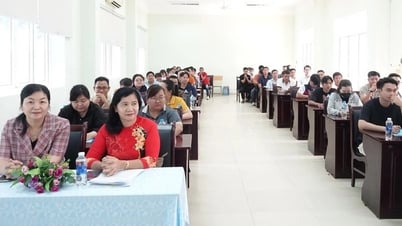
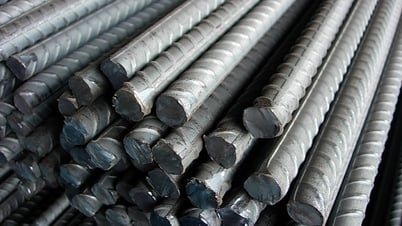

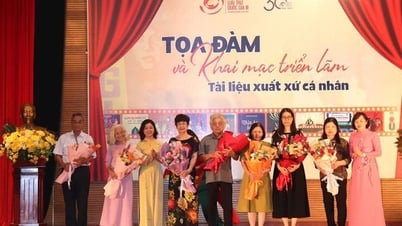
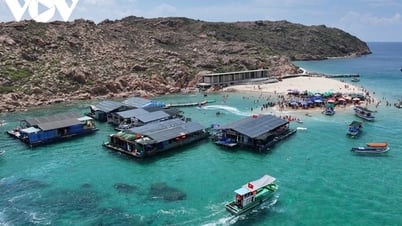
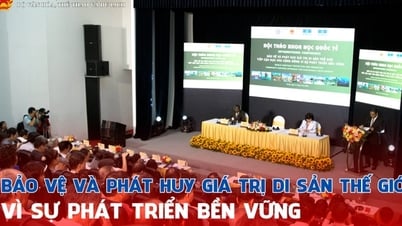
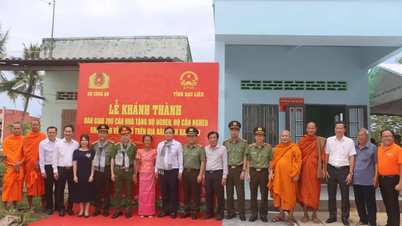

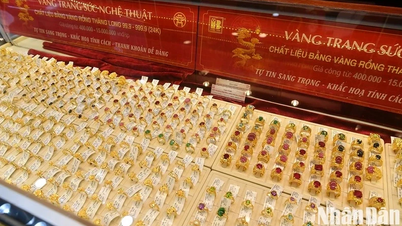
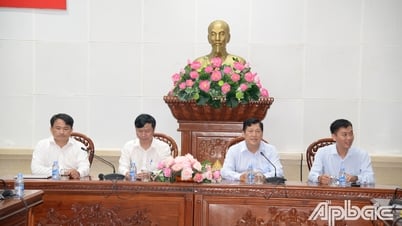

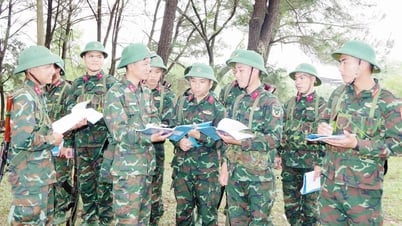

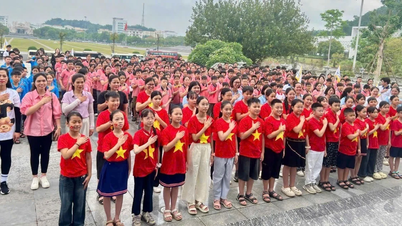






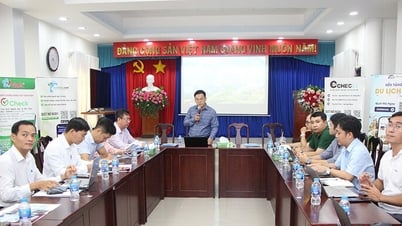

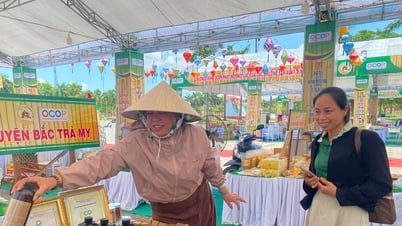



Comment (0)